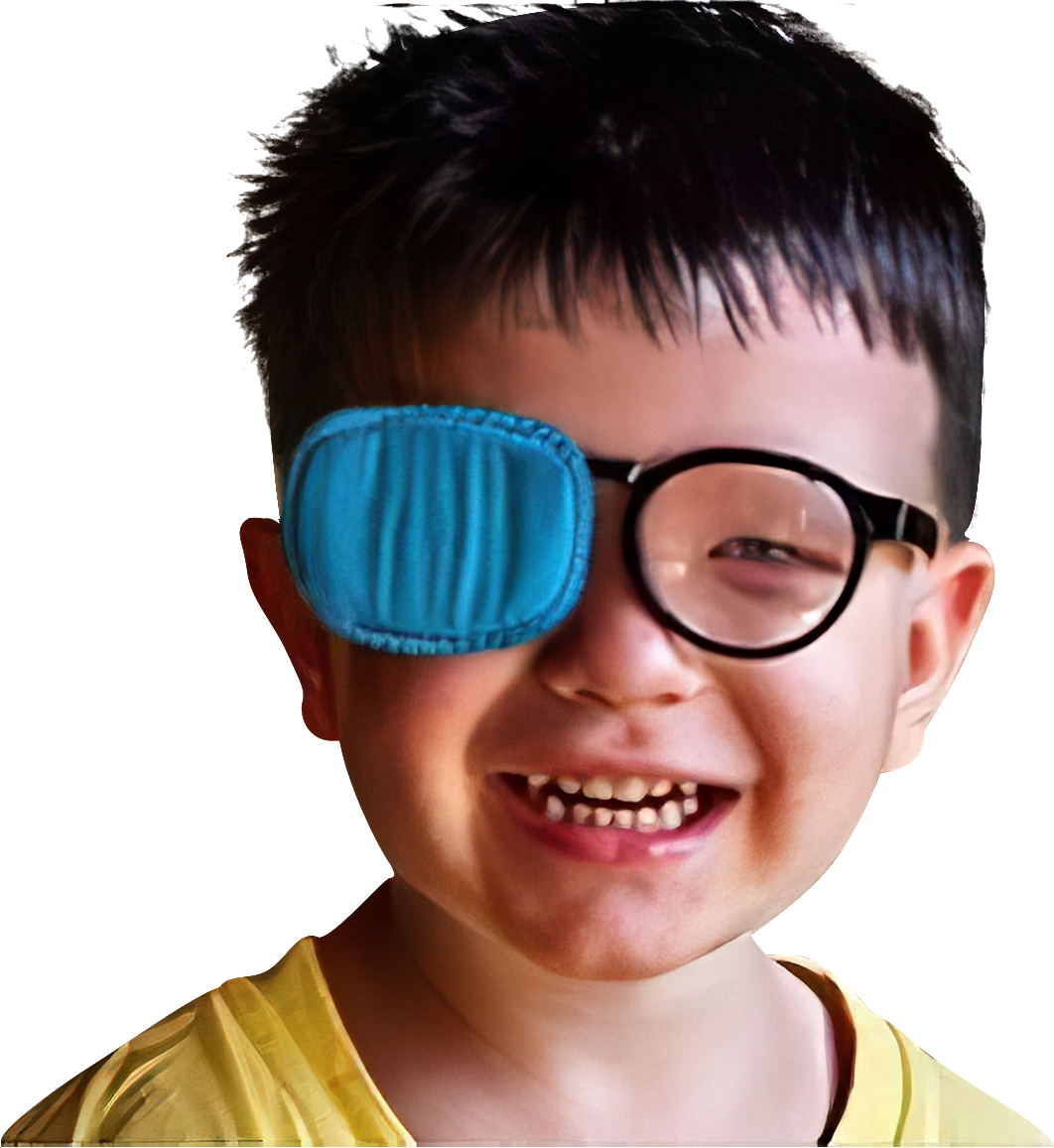What is Pediatric Ophthalmology?
Pediatric ophthalmology is a subspecialty of ophthalmology, that focuses on children's eye health. It involves diagnosing and treating eye problems in infants, children, and adolescents.
Request an Appointment
Why Choose us
Pediatric ophthalmology and strabismus (squint) are specialized fields that deal with eye disorders in children. There are various causes for pediatric ophthalmic conditions and strabismus. Here are some common causes:
Early detection, regular eye examination, and intervention are crucial in pediatric ophthalmology to address these issues and prevent long-term visual impairment. Regular eye examinations, especially for children with a family history of eye problems or other risk factors, are essential for timely diagnosis and management. If you suspect any issues with your child's vision, it's important to consult with a pediatric eye doctor for a comprehensive evaluation.
Speciality
The treatment of pediatric ophthalmology conditions, including squint (strabismus), depends on the specific diagnosis, the severity of the condition, and the child's age. Here are common treatments for pediatric ophthalmological conditions, particularly focusing on squint:
The earlier the intervention, the better the chances of successful treatment, particularly in cases of pediatric ophthalmological conditions. Parents should work closely with a pediatric ophthalmologist to ensure appropriate and timely care for their child's eye health.
Speciality